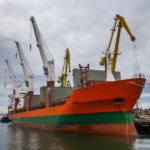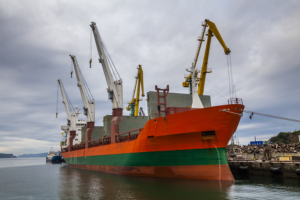Right now, Supply chains are under extreme pressure from beginning to end because of continued high consumer demand, port congestion, labor shortages, and port lockdowns.
Assessing the logistic scenery and adapting to changes while navigating the complexities of ongoing regulatory shifts, global trade, compliance, shortages, and tariff fluctuations is now more important than ever.
Forward-thinking freight forwarders and carriers are transitioning to a more digital environment to meet these changes. Well, the pandemic has sped up the process, but there is still a lot of work to do.
Facing Increasing Logistics Complexities
The importance of technology and data in overcoming operational challenges and improving overall efficiency and accuracy has never been more evident.
The last two years have been an indication that supply chains will only become more complex, intricate, and demanding. For this reason, digitalization will be the key to long-term success.
The pandemic compelled logistics leaders to rethink their business-as-usual environment, shifting their workforce to large-scale remote working; rapidly automating processes, and accelerating the use of real-time data to drive decision making.
Visibility through technology is crucial
While increased operational efficiencies are important benefits of digital transformation, improved visibility is the most important.
The last two years have seen a significant increase in the demand for visibility across a broader customer base. The problem used to be gathering data. We now have it. So, how do you align data in a meaningful way so that your customers consume and use it?
The importance of standardization
Standardization, in areas such as bookings; can aid in the consolidation of functions into a single system capable of handling everything from bookings to customs compliance, e-invoicing, and more.
When there is consistency on a single platform; there are fewer variables from multiple information sources, multiple endpoints, or data being passed from one point to another. The more centralization and consistency you can achieve, the more variables you can eliminate.
While debates rage over whether the pressure on global supply chains has peaked and is approaching a tipping point, one thing is certain: 2022 is another pivotal year for the global logistics industry.
However, while prioritizing visibility and operational efficiency; logistic providers who remain ahead of the curve via strategic planning and technology adoption will certainly be better equipped to keep up with the speed of impending change.
Learn more about streamlining digital capabilities, enhancing efficiency, and overcoming visibility obstacles to optimize a digital ecosystem. Try Grydd for free now.


















